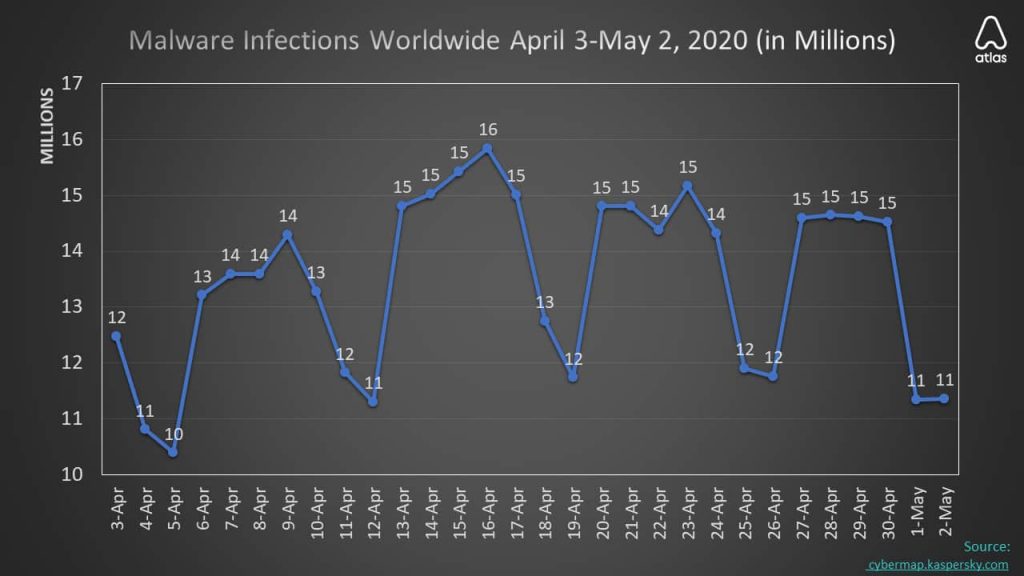In the middle of the forest, the large chalets at the Mikeno lodge are the most luxurious accommodation in Virunga National Park in eastern Democratic Republic of the Congo. In the evening, you can sip champagne at the corner of the fireplace. In the day, You meet orphaned primates, raised by park guards, and meet mountain gorillas in their natural environment. Virunga Park is one of the few on earth to house this iconic species in critical danger of extinction.
On the morning of April 24th, the lodge was empty of any visitor. Pandemic again coronavirus forces, tourism has been at a stop for several weeks. But it was another plague that was going to hit.
Around 11 p. m weapons of war suddenly rent the calm of the forest. A few hundred meters from the chalets, three vehicles, including two of the park guards, had fallen into an ambush in Mahura. The 30 minutes of exchange of shots leave a terrible record: twelve park guards, their driver, and four civilians are killed. The Congolese Nature Conservation Institute (ICCN) had never suffered such a heavy attack in Virunga Park.
Yet his guards are used to adversity. From Mount Rwenzori, which frequently serves as a refuge for the Allied Democratic Forces (ADF, an Islamist Rebellion of Ugandan origin), to the Nyiragongo volcano, which overlooks the city of Goma, the 7 km2 of Virunga National Park serve regularly from battlefield to armed groups, road to their smuggling routes or resources for their looting.
This adversity justifies an arms race in the 2010 s, including the creation of a "Quick Reaction Force" (QRF, or Rapid Reaction Force) of the ICCN, a paramilitary and sometimes offensive unit composed of 270 park elite guards. In doing so, and as noble as their mission to preserve nature, park guards have become, in fact, an actor caught in the conflicts of Kivu. The Kivu Security Barometer (KST) has thus identified 28 clashes involving of guards since the beginning of its survey in 2017. This is probably only part of the total.
The guards can co-operate with the Congolese army in attacks that can cause security civilians, as against the May-Mai mazembe, on May 23, 2019. " The park is quite correct that the guards are not not legitimate targets under international humanitarian law, but the specific status of QRF and the character of their operations places them in a grey area ", says Christoph Vogel, a researcher at the University of Ghent (Belgium) and former member of the Group United Nations experts on the DRC.
On the other hand, a long and complex conflict is against some local communities as to the boundaries of the park. The latter occupied a quarter of the territories of Beni, Lubero, Masisi, Nyiragongo and Rutshuru and deprived some farmers from access to land they used to grow. This conflict is particularly intense in the of area, although the recently authorized harvest from April 27 to July 26 to better deal with the shortage caused by the pandemic.
So the of guards have no enemies. Especially the QRF, the most feared of its units, who was decimated during the attack. However, park authorities were able to publish several very detailed news releases on the circumstances of the attack.
The first one claims that it was actually the civil vehicle that was the target of this ambush. According to our reports, it was a white Toyota Prado TX that was attacked with a weapon of war (RPG rocket launcher and heavy heavy machine gun). According to the statement, the attackers are no other than the Rwandan Hutu rebels of the Democratic Liberation Forces of Rwanda - abacunguzi fighting forces (FDLR-Foca). More specifically, it would be about sixty fighters from the Maccabé group, formerly known as the Deep Research and Action Commandos (Crap), an elite FDLR unit.
The of guards, who were passing through to their headquarters in Rumangabo, would have been nothing but security victims of the ambush and in turn were targeted only because they were trying to rescue civilians. This first version was slightly modified in the second statement, which only states that a "civil vehicle was near that had already been targeted by the attackers before the arrival of the guards".
So why would FDLR attack a civil vehicle with a weapon of war? Several sources, diplomatic, university and ICCN, have told the KST the scenario. According to the latter, FDLR reportedly received information that Colonel FARDC Claude Rusimbi, the deputy commander in charge of operations and intelligence of 3409 erégiment, was to take this route between Goma and Rutshuru that morning. It is possible that FDLR took park guards for his escort.
FDLR had reason to personally blame Rusimbi. On 13 April, one of their main strongholds located in Kazahoro, a few kilometers from the place of the attack, had indeed become the target of a massive Congolese army offensive. According to several sources, both military and diplomatic, members of the Special Forces of the Rwandan army (RDF) were secretly participating in this assault. Colonel Claude Rusimbi is just one of the Congolese officers responsible for coordination with their Rwandan colleagues, according to several military and university sources. According to a member of his entourage, this Colonel knew he was targeted by FDLR.
Whether or not targeted reprisals against Rusimbi, FDLR's responsibility seems highly likely. It is compatible with the known weapons and organization of this armed group, as well as the area where this group is carrying out its attacks.
The attack on Virunga Park guards (red star) is in an area where FDLR-Foca strikes regularly (other colors: incidents in which they have been involved, since June 2017)
In addition to the ICCN, which holds FDLR responsible for the ambush, Rwandan President Paul Kagame also accused this armed group at a press conference on 27 April (37th minute).
FDLR also had specific reasons to address the. These rebels regularly suspect park guards to collaborate with the Rwandan army to track them down. In addition, according to several reports by UN experts for the DRC, one of their main sources of financing is trade and taxation of "makala", charcoal obtained in particular by illegally burning trees inside the park. This puts them, in fact, in conflict with the ICCN, and especially its QRF.
FDLR, however, put forward another theory: they believe the Rwandan army would be responsible for the attack. But this scenario seems convoluted: the ICCN reportedly lied, mistakenly accused FDLR, in order to demonize them to justify the presence of RDF on Congolese soil. Such conspiracy, involving several different actors, seems difficult to implement.
" The FDLR statement was completely out of the reality of the facts, also says a good expert of the group. It has only been published to respond to the Rwandan authorities in the media war they are fighting ".
" FDLR members privately recognize being responsible for this attack says Christoph Vogel. According to them, this was a "mistake" and they claim that their target was Rusimbi"














